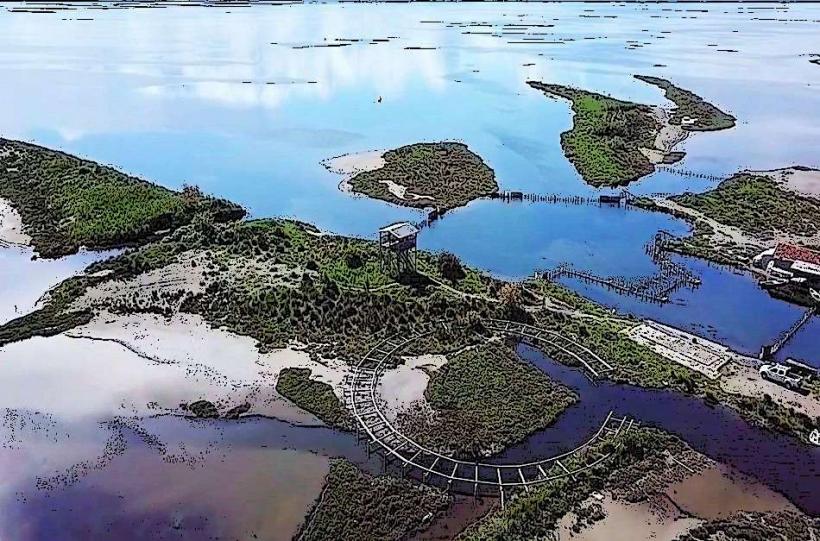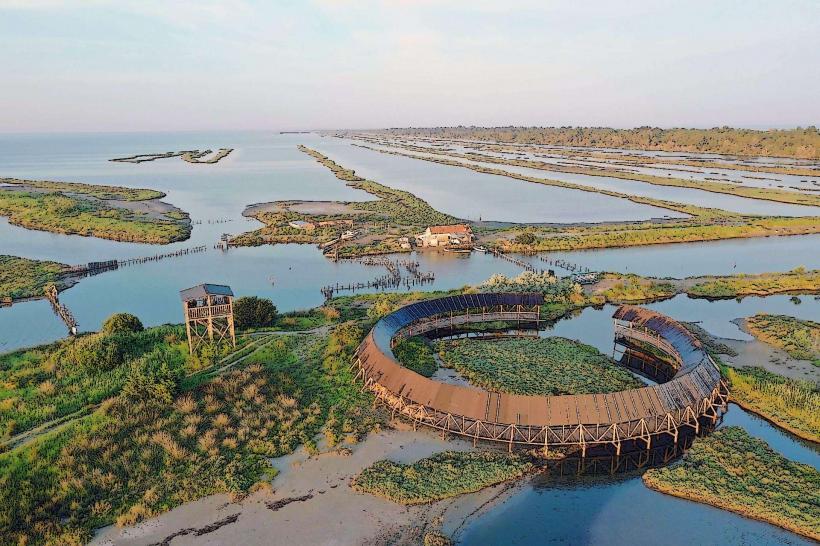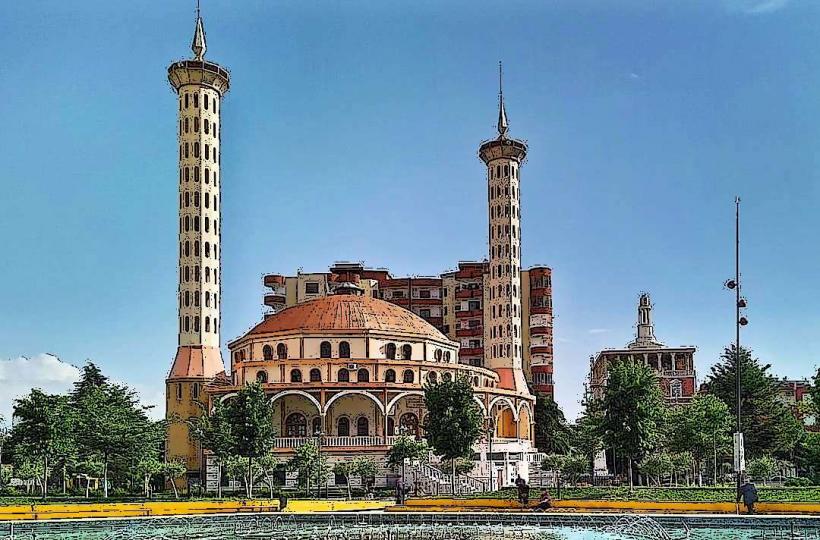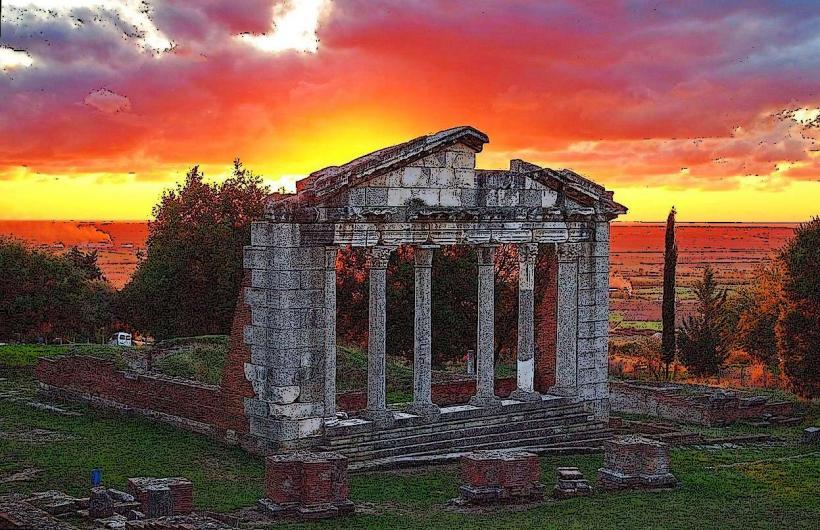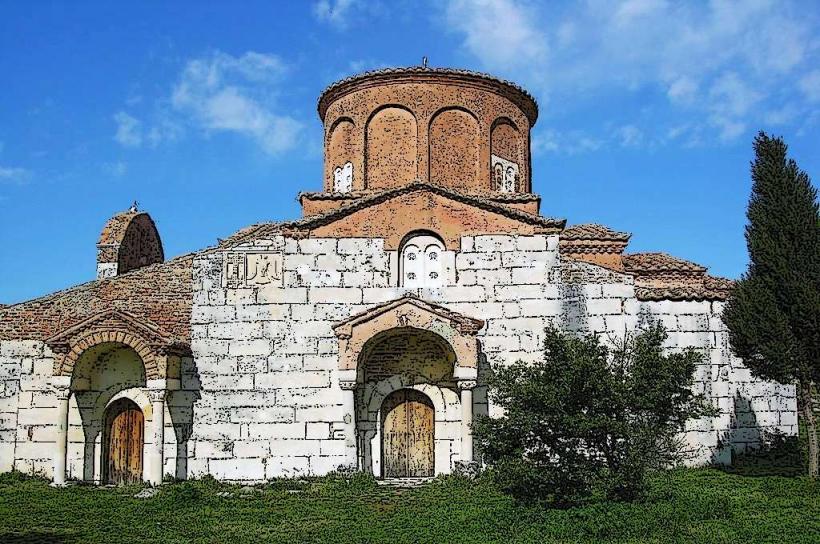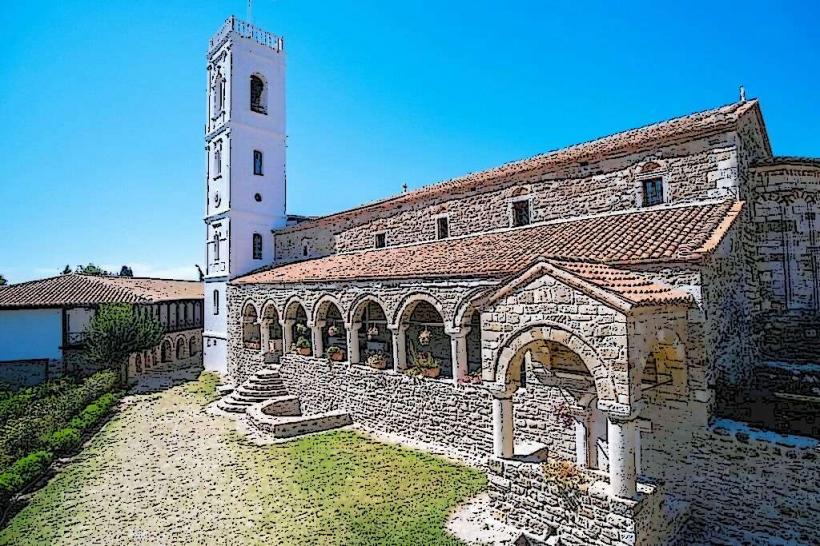Information
Landmark: Shegan MosqueCity: Fier
Country: Albania
Continent: Europe
The Shegan Mosque (Albanian: Xhamia e Sheganit), located in the village of Shegan, near Fier, is a notable Islamic landmark in Albania. Renowned for its historical significance and architectural style, the mosque stands as a testament to the enduring cultural and religious traditions of the region.
Historical Overview
Construction and Origins:
- The mosque is believed to have been built during the Ottoman period, likely in the 17th or 18th century, when Albania was under Ottoman rule.
- It served as a place of worship and a community center for the local Muslim population.
Role in Local Community:
- For centuries, the mosque played a central role in the religious and social life of Shegan village.
- It also contributed to the preservation of Islamic practices and traditions during periods of political and social upheaval.
Communist Era Challenges:
- During Albania's Communist regime, religious practices were banned, and many mosques, including Shegan Mosque, were closed or repurposed. Despite this, the mosque remained an enduring symbol of faith for the local community.
Post-Communist Restoration:
- After the fall of Communism in the 1990s, efforts were made to restore and preserve the mosque, ensuring its continued use and recognition as a historical and religious landmark.
Architectural Features
Design and Style:
- The mosque reflects Ottoman architectural influences, characterized by simplicity and functionality.
- Its modest yet elegant structure highlights the traditional Islamic design principles adapted to the local Albanian context.
Prayer Hall:
- The main prayer hall is a rectangular space with wooden beams and whitewashed walls, creating a serene atmosphere for worship.
- The mihrab (a niche indicating the direction of Mecca) is beautifully carved and serves as a focal point of the interior.
Minaret:
- The mosque features a slender minaret, a hallmark of Ottoman mosque architecture. It stands as a visual and spiritual beacon for the surrounding community.
Wooden Elements:
- The mosque is noted for its intricate woodwork, particularly in the roof and supporting structures, showcasing the craftsmanship of the era.
Outdoor Courtyard:
- A small courtyard surrounds the mosque, often used for community gatherings and religious celebrations.
Cultural and Religious Significance
Spiritual Importance:
- The mosque continues to serve as a place of worship for the local Muslim community, hosting daily prayers, Friday congregations, and special events during Islamic holidays like Eid al-Fitr and Eid al-Adha.
Cultural Heritage:
- The Shegan Mosque is part of Albania’s rich Islamic heritage, reflecting the influence of Ottoman rule and the resilience of local traditions.
Visiting Shegan Mosque
Location:
- The mosque is situated in Shegan village, easily accessible from the city of Fier, approximately 20 km away.
Accessibility:
- Visitors are welcome, but it’s important to respect the mosque’s religious function. Non-Muslim visitors should avoid visiting during prayer times.
Etiquette:
- Modest attire is required, and visitors should remove their shoes before entering the prayer hall.
- Women may be asked to cover their heads.
Best Time to Visit:
- Islamic holidays or local cultural events provide an excellent opportunity to witness the mosque’s role in the community.
Why Visit Shegan Mosque?
Cultural Insight:
- The mosque offers a window into the Islamic heritage of Albania and the Ottoman influence on the region’s architecture and traditions.
Historical Value:
- As one of the enduring Ottoman-era mosques, it is a site of historical importance.
Community Connection:
- Visiting the mosque allows for an authentic experience of local Albanian Muslim culture and hospitality.
Conclusion
The Shegan Mosque is more than just a place of worship—it is a symbol of Albania's diverse religious heritage and historical resilience. For those exploring the Fier region, the mosque provides a serene and enlightening stop, connecting visitors to the spiritual and cultural fabric of rural Albania.

